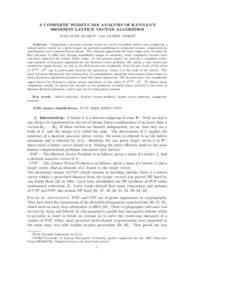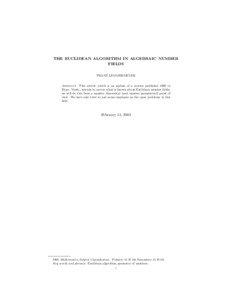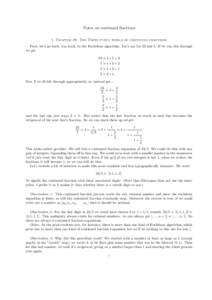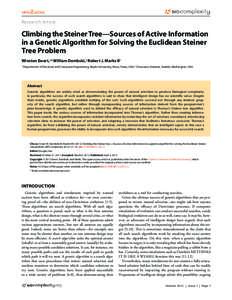<--- Back to Details
| First Page | Document Content | |
|---|---|---|
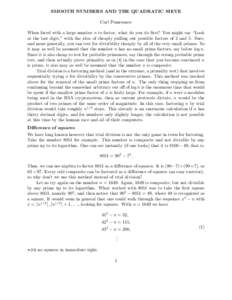 Date: 2007-11-23 17:17:47Mathematics Integer factorization algorithms Number theory Quadratic sieve Special number field sieve Quadratic residue General number field sieve Prime number Lenstra elliptic curve factorization Sieve of Eratosthenes Euclidean algorithm Prime-counting function |
Add to Reading List |
 SMOOTH NUMBERS AND THE QUADRATIC SIEVE Carl Pomerance When faced with a large number n to factor, what do you do first? You might say “Look at the last digit,” with the idea of cheaply pulling out possible factors of
SMOOTH NUMBERS AND THE QUADRATIC SIEVE Carl Pomerance When faced with a large number n to factor, what do you do first? You might say “Look at the last digit,” with the idea of cheaply pulling out possible factors of
